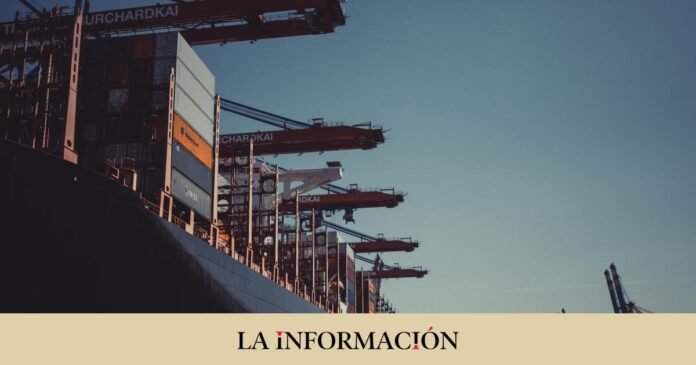The International Shipping Industry Has Taken A Great Step In The Race To Achieve Zero Greenhouse Gas Emissions, Setting This Target Faces Al Aasoni It Has Been Established By The International Maritime Organization (IMO) After Concluding The Marine Environment Protection Meeting, held this Friday in London. An objective that could represent a turning point in the maritime transport sector, which represents approximately 3% of CO2 emissions caused by humans.
As reported by Bloomberg, between long and arduous negotiations, setting the date for this ‘net zero’ objective has been the easiest. This new decision shows the industry the roadmap to start reducing emissions. A process that will require the mobilization of numerous manufacturing, refining, financial and human resources. Here, the availability and cost of clean transport technologies, the details of compliance and application, and the interaction with other regulations such as the EU Emissions Trading System come into play.
Among the objectives established by the IMO, it stands out that 5% of the energy used in maritime transport is made up of zero or almost zero emissions by 2030. Thus, the sector estimates that close to 6 million barrels of oil equivalent will be consumed per year. day in maritime transport for said year. In order to reach this goal on time, some classes of vessels are already being electrified, but cleaner fuels are the only practical option to achieve the target within this limited time frame. There are resources such as biofuels that can emit 70% less CO2 than current ones, however, their use entails supply limitations and a higher cost.
However, the clean fuels industry sees this challenge as an opportunity to increase its production commitments. So much so that according to estimates prepared by Bloomberg, up to four times more renewable fuel capacity will be put into operation by 2030 compared to 2022, while clean hydrogen production will expand almost 50 times in the same period.
But therein lies a major challenge for ship and cargo owners. Road transport and aviation are also looking for the same fuel and raw materials, while hydrogen has potential uses that go beyond the production of transport fuel. Fuel suppliers and airlines have already signed purchase agreements for the first six months of this year for close to 900,000 tons of sustainable aviation fuel. In addition, yet-to-be-developed storage and refueling infrastructure at the world’s global ports will also delay the adoption of some fuels, further complicating shipping challenges.
What fuel will lead the transition?
In that context, the big question is whether the industry will go with just one fuel or a multitude of cleaner fuels. Neither option is ideal. Supply constraints can limit the availability of an individual fuel, while differences in infrastructure and ship and engine design make it difficult to use multiple fuels across the fleet.
Other issues that require attention are the mechanisms to monitor and enforce compliance, as well as the interaction with the EU Emissions Trading System. Still, it’s not the first time the industry has had to comply with a global standard. A roughly similar process took place with the 2020 introduction of sulfur content requirements, with ports playing a central role in compliance.

